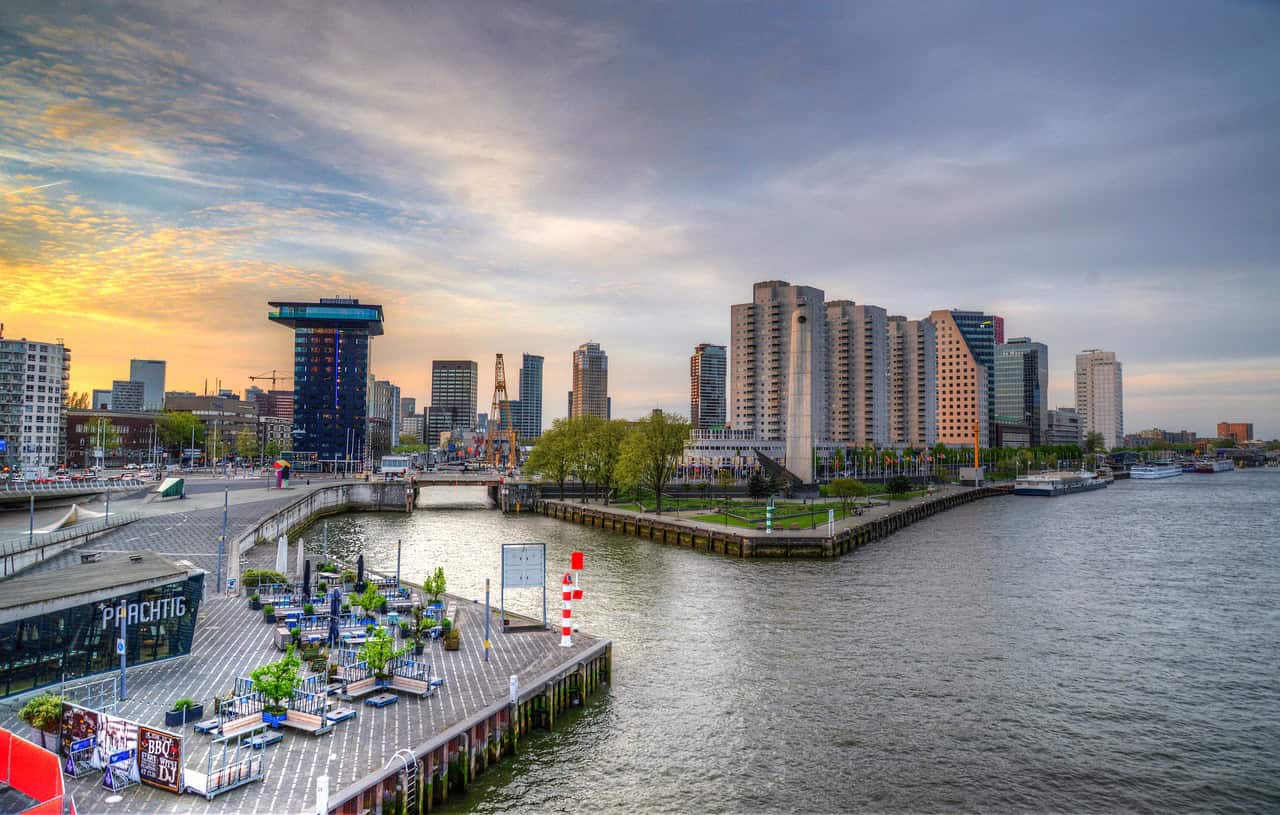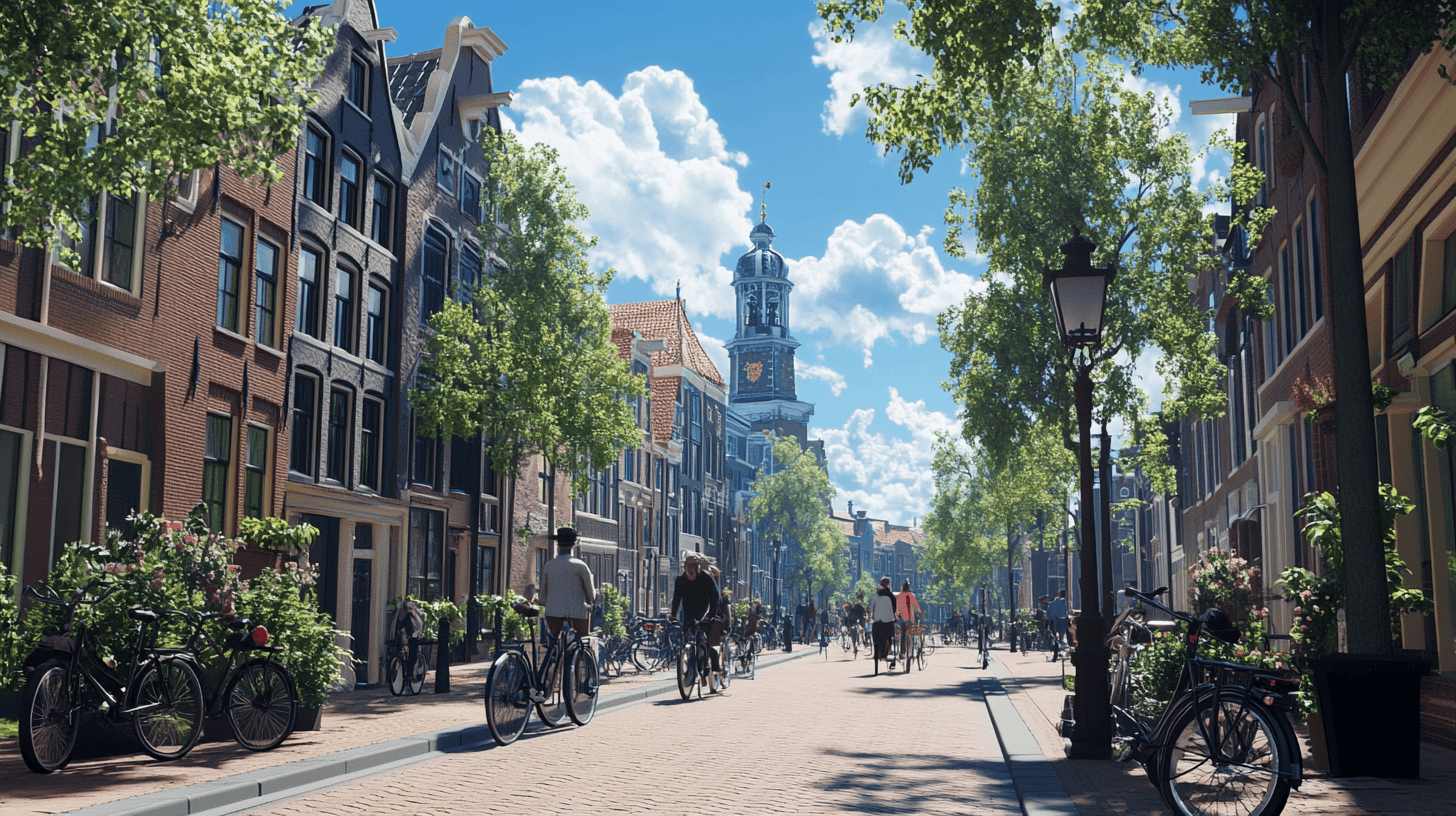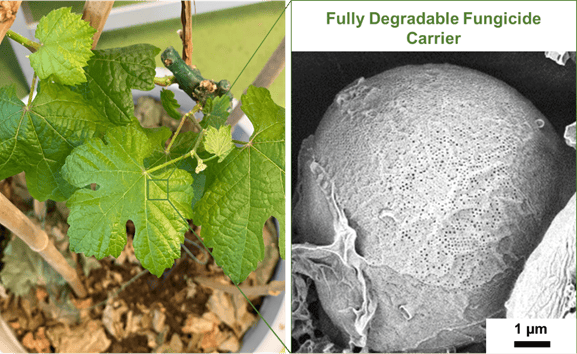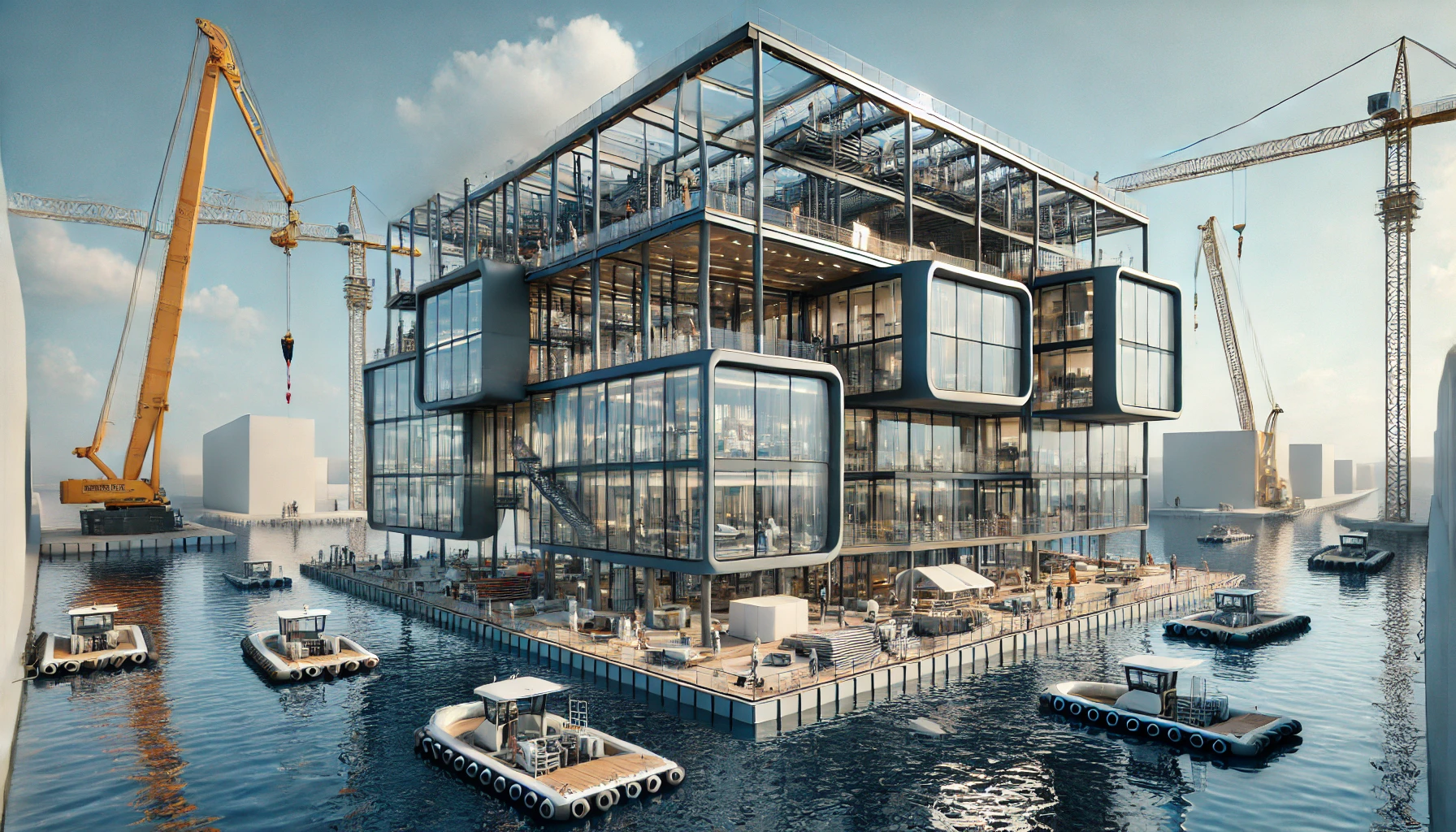
The Dutch construction sector is sounding the alarm over poor water quality in ditches and rivers. This crisis threatens not only nature but also the housing construction industry. The approaching deadline of the Water Framework Directive in 2027 adds urgency to the issue. Pollution from PFAS, microplastics, and fertilizers is a significant problem. Sewage treatment plants are struggling with ‘invisible’ pollution. Construction companies, nature organizations, and drinking water companies are collectively calling for action. They advocate for stable groundwater levels, better water purification, and climate-adaptive construction. The solution requires collaboration across all sectors and innovative techniques.
The impact of poor water quality
The construction sector is seriously concerned about the consequences of polluted ditches and rivers for housing construction. Pollution from PFAS, microplastics, and fertilizers not only has ecological effects but also hinders the issuance of building permits. This can lead to significant delays in construction projects, exacerbating the housing shortage.
Minister Barry Madlener is being urged by various parties to make water quality a top priority. Bouwend Nederland, Aedes, and NEPROM emphasize that without improving water quality, construction projects could come to a halt. This is in addition to the existing challenges posed by the PFAS crisis and nitrogen issues.
PFAS impacts both soil and water contamination, thus having a dual impact on the space available for construction. PFAS, known as ‘forever chemicals’, are difficult to remove. Researchers at the water technology institute Wetsus have developed a method to remove and neutralize PFAS from water.

Agricultural pressure and the derogation regulation
The abolition of the derogation regulation requires agricultural companies to reduce their manure output more quickly. This adds extra pressure on farmers already struggling with manure issues. Minister Wiersma of Agriculture has not yet proposed concrete solutions, causing uncertainty among farmers. This uncertainty delays addressing fertilizer pollution in the water.
Innovative techniques and collaboration are essential to predict and improve water quality. The PHARA project is developing a 3D phased array weather radar to better predict extreme weather conditions. Hybrid AI models can help manage groundwater resources and predict contaminations. These technologies can contribute to more robust water management and better preparedness for climate change.
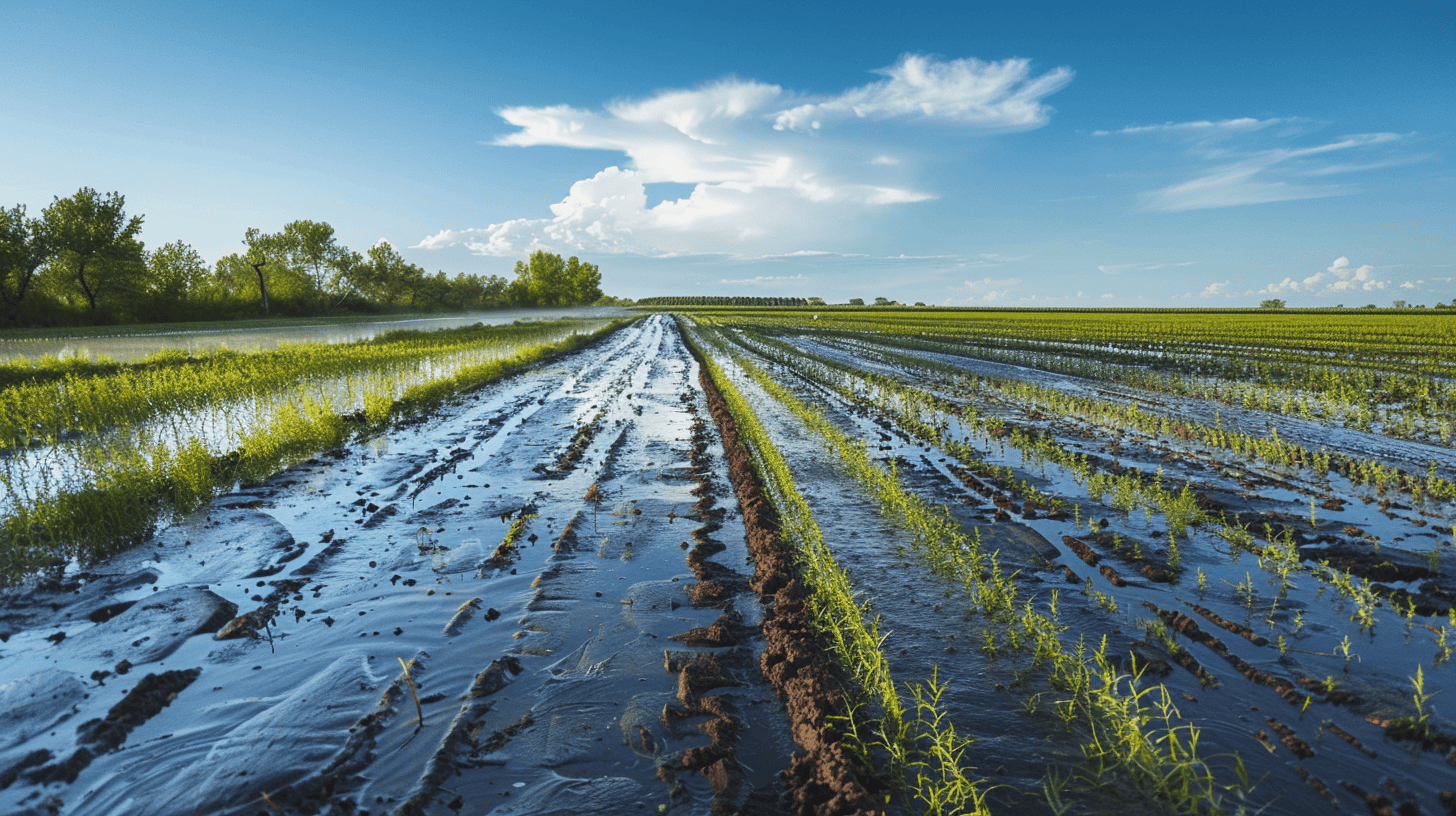
Collaboration between sectors
The solution to the water quality crisis lies in collaboration between all sectors. Construction companies, nature organizations, drinking water companies, and the government must work together to achieve stable groundwater levels and better water purification. Climate-adaptive construction and the use of green infrastructure are crucial for a sustainable future. Only through collective efforts can we improve water quality and secure future construction projects.
Poor water quality in the Netherlands is a complex problem requiring urgent attention. The construction sector is calling for immediate action to prevent further delays in housing construction. Innovative solutions and cross-sector collaboration are crucial to addressing the challenges of the Water Framework Directive and pollution from PFAS, microplastics, and fertilizers. It is time to make clean water a top priority to protect our nature, health, and economy.



